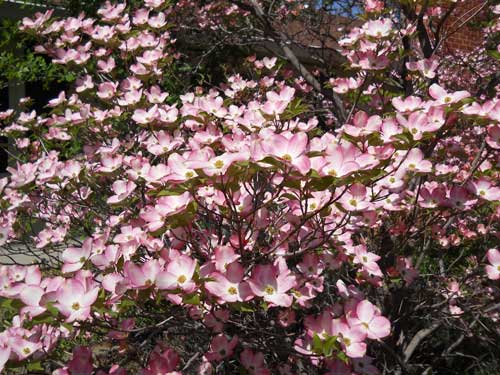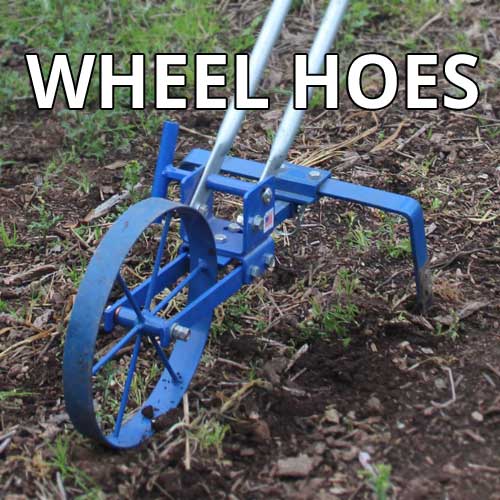Fruit Tree Care
Posted by David Grau on
Originally Posted on April 12, 2014
Greetings Farmers and Gardeners,
 Spring is offering us a mix of strange weather. Cold and rainy one week, then hot and sunny the next. Last week we were bundled up with scarves and hats, and this week we've been wearing shorts and sandals. We've heard that other parts of the country are experiencing wild fluctuations too.
Spring is offering us a mix of strange weather. Cold and rainy one week, then hot and sunny the next. Last week we were bundled up with scarves and hats, and this week we've been wearing shorts and sandals. We've heard that other parts of the country are experiencing wild fluctuations too.
Our citrus plants are blooming, creating amazing, sweet scents. All those blossoms create the promise of lemons, oranges, and mandarins, so long as we don't get a blast of frost when the fruits are ripening. In the meantime, we are enjoying the heavily scented blossoms! Also blooming are the dogwoods. The photo above shows them in glorious bloom.
Fruit Tree Care
We planted several bare-root fruit trees this winter, and have been monitoring their progress this spring. Looking for swelling buds and new leaves is the main exercise in monitoring them. Paying attention to the base of the tree (below the graft union) is important too. If growth starts below the graft union, that growth should be rubbed off before it is established. This will allow the tree to put energy into the top part of the tree–the part that is going to produce the fruit (or nuts).
One of the fruiting mulberry tree we planted was sprouting leaves from below the graft, so we rubbed those off, and will continue to do so if more growth is produced. It is important to make sure your young fruit trees receive adequate water, and a layer of mulch around the tree (but not touching the trunk) will certainly help moderate soil moisture.
Established fruit tree care includes monitoring new growth. Peaches, for example, will send out many new shoots where a cut was made during the dormant pruning season. Some of these can be removed quite easily while they are soft and green. Select shoots that are growing in the direction you wish, and rub or pull off the rest. If the shoots have grown a little woody, best to cu them off with hand pruners.
Compost Piles
The spring rains we (finally) received brought on a growth of weeds in certain parts of the garden. These weeds have been wheel-hoed and added to our compost piles, along with various food scraps and other organic matter. We like to keep a few piles of compost going, in various stages of completion. David has a nice compost area with a divider of wooden slats, which makes four sections of compost areas.
He also has a compost tumbler, to which he adds his kitchen scraps. Carla has various wire cylinders to which she adds kitchen scraps layered with chicken litter. The wire cylinder from last year has cooked down into a nice crumbly mixture and is ready to be planted with a special crop that needs protection from gophers (it has a wire bottom too).
However you compost (on a large or small scale) you are taking organic matter and turning it into something beneficial. So many food scraps, that would otherwise end up in the landfill, can be composted. Though a few years ago we were at an event where they served wine in disposable cups (which felt plastic) upon which were printed "compostable" and so we took one home to try it. That cup is still being added to every new compost pile we build, and has yet to break down even in the slightest! So we suggest you keep to the spent lettuce leaves, weeds, and eggshells rather than "compostable" plastic cups.
Until next time, we wish you abundant spring harvests!


